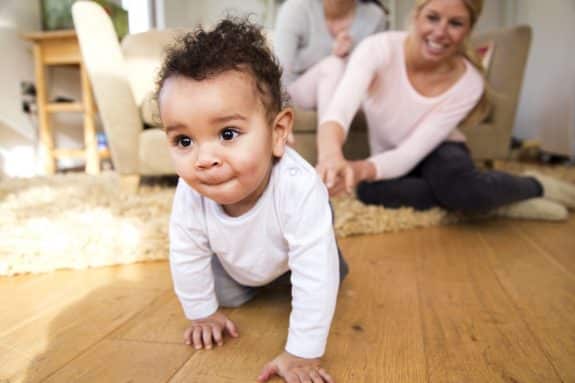Published in Environmental Science and Technology, new research from Washington D.C.’s Milken Institute of Public Health at George Washington University says that household dust exposes people to toxic chemicals associated with severe health problems. Children – and especially infants – may be more exposed while playing and crawling on the floor.
The research group analyzed data from dust samples collected throughout the U.S. for multiple studies, and were able to identify the top 10 toxic chemicals commonly found in dust. Number one on the list: DEHP, which belongs to a hazardous class of chemicals called phthalates and is used in products including household cleaners, food packaging, cosmetics, fragrance, and personal-hygiene products.
Lead author of this research Ami Zota, Sc.D., M.S., and assistant professor of Environmental and Occupational Health at Milken Institute says that the findings suggest that “people, and especially children, are exposed on a daily basis to multiple chemicals in dust that are linked to serious health problems.”
An array of potentially toxic chemicals from consumer products are released into the air and amalgamate with dust that settles on household surfaces including furniture and the floor, exposing people who inhale or ingest the tiny particles. Minor amounts of these chemicals can also be absorbed through the skin.
Even more concerning, 90% of the dust samples tested contained at least 10 harmful chemicals including flame-retardant TCEP – a chemical routinely added to couches, baby products, and electronics – and a known cancer-causing agent. Four other phthalates found in the samples are linked to interfering with hormones, declining IQ, and respiratory problems.
Co-author Veena Singla, PhD. and staff scientist at the Natural Resource Defense Council was “shocked at the numbers and levels of toxic and untested chemicals that are likely to be found in every home.”
What can you do?
Consumers do have the power to make healthier informed choices and protect themselves from harmful chemicals found in everyday products. One simple step is to regularly use a strong vacuum with a HEPA filter. Also encourage every family member to wash their hands frequently.
The research team hopes their work will make a difference by raising awareness, and will help shift the market toward safer products.







